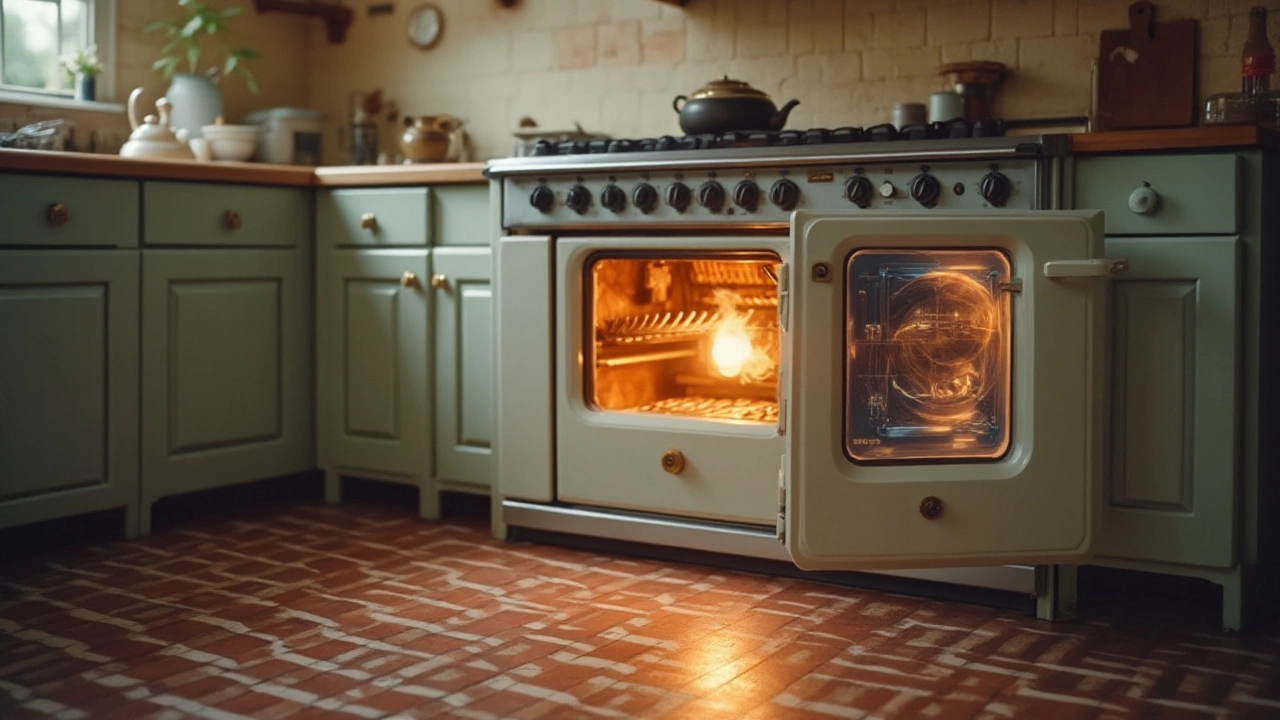Gas Oven Issues – What’s Going Wrong and How to Fix It
If your gas oven stops heating, clicks loudly, or gives off a weird smell, you’re probably wondering what to do next. Most gas ovens have a few parts that wear out or get blocked, and fixing them yourself can save time and money. Below we break down the most common reasons a gas oven misbehaves and give you clear steps to try before you pick up the phone.
Why Your Gas Oven Might Not Heat
1. Igniter failure. The igniter’s job is to light the gas when you turn the oven on. If it’s cracked or burnt out, the oven won’t heat. A quick visual check can usually spot a broken ceramic piece or a darkened coil. If it looks damaged, replace it – it’s a cheap part and most DIY guides walk you through the swap.
2. Gas supply problems. Check that the gas valve behind the oven is fully open. A partially closed valve or a kinked hose can stop fuel from reaching the burner. Also listen for the faint whoosh when you turn the oven on; no sound often means a supply issue.
3. Thermostat or temperature sensor. The thermostat tells the oven when to stop heating. If it’s out of sync, the oven may stay cold or overheat. Use a multimeter to test continuity – a reading of zero or infinite means the sensor needs replacing.
4. Burner blockage. Food debris or grease can clog the burner ports. Turn off the oven, let it cool, then remove the burner grate and clean the holes with a soft brush or a pin. Clear pathways let the flame spread evenly.
5. Flame sensor issues. Many modern gas ovens have a safety sensor that shuts off gas if it doesn’t see a flame. A dirty sensor will think there’s no flame and cut the gas. Wipe it gently with a fine‑sandpaper pad, being careful not to damage the surface.
These checks line up with what we cover in our detailed posts “Oven Not Heating Up? Common Causes and Fixes” and “Oven Troubleshooting: Fix Common Oven Problems Easily at Home.” If any of those steps solve the problem, you’ve saved a service call.
When to Call a Professional
Even with a solid DIY foundation, some situations are best left to the pros. If you smell gas after a failed ignition, shut the oven off immediately, ventilate the area, and call an emergency gas engineer. Also, if the igniter, gas valve, or internal wiring looks damaged, a qualified technician can replace parts safely and make sure everything meets UK gas safety standards.
South Shields Appliance Repair Services offers certified Gas Safe engineers who can diagnose and fix any gas oven issue on the spot. Our team knows local models and can get your oven back in action without long wait times.
When you decide to call us, have these details ready: the oven’s make and model, a brief description of the symptoms, and any recent changes (new gas line, power cuts, etc.). That info helps us bring the right parts the first time.
Bottom line: start with the easy checks – igniter, gas valve, burner cleaning – and only call a professional if the problem persists or you suspect a gas leak. With the right approach, most gas oven hiccups can be solved quickly, keeping dinner plans on track and your kitchen safe.
